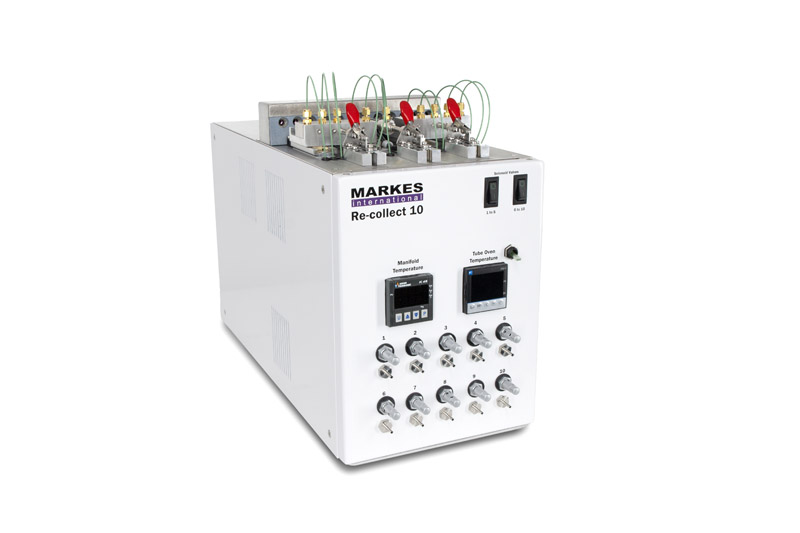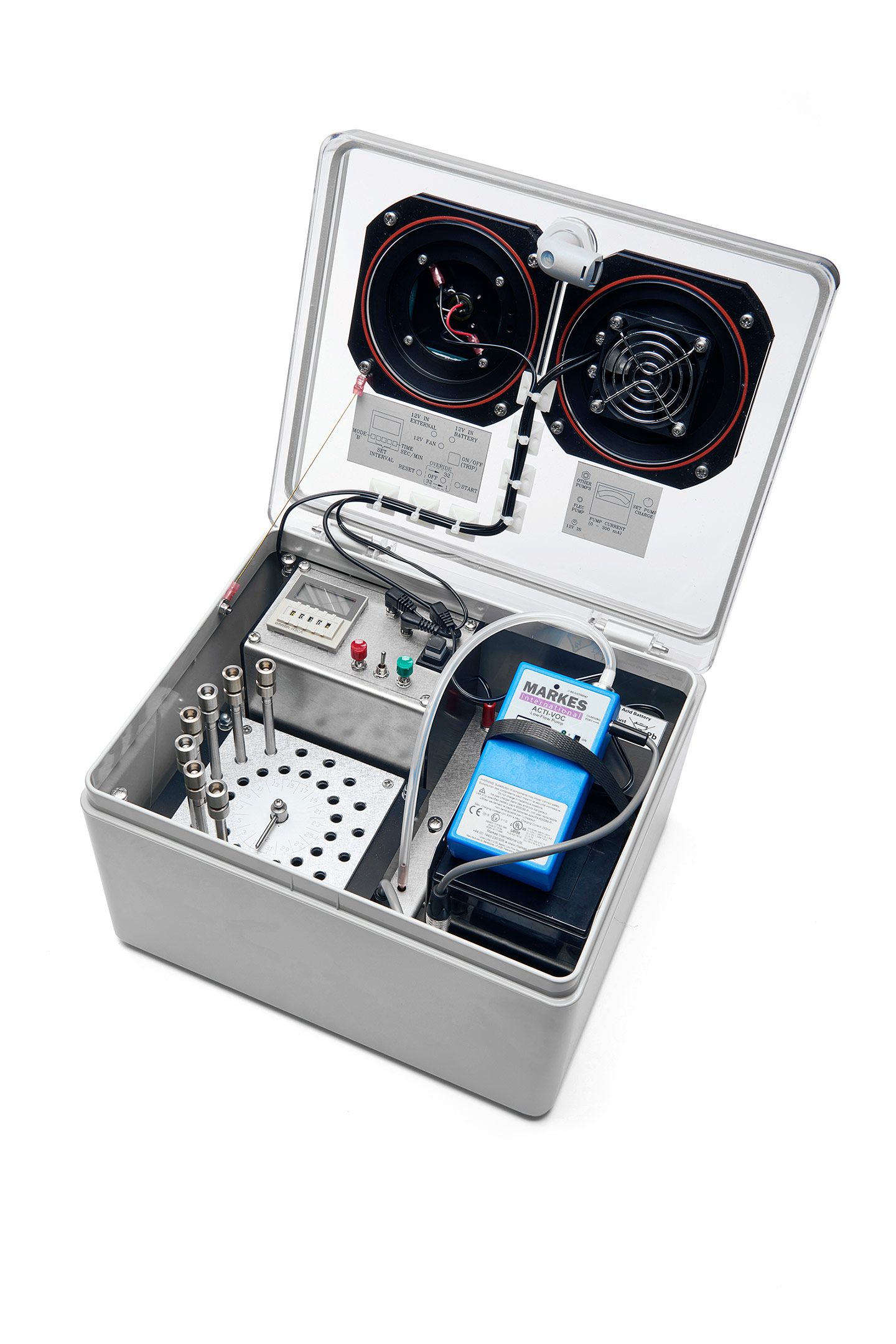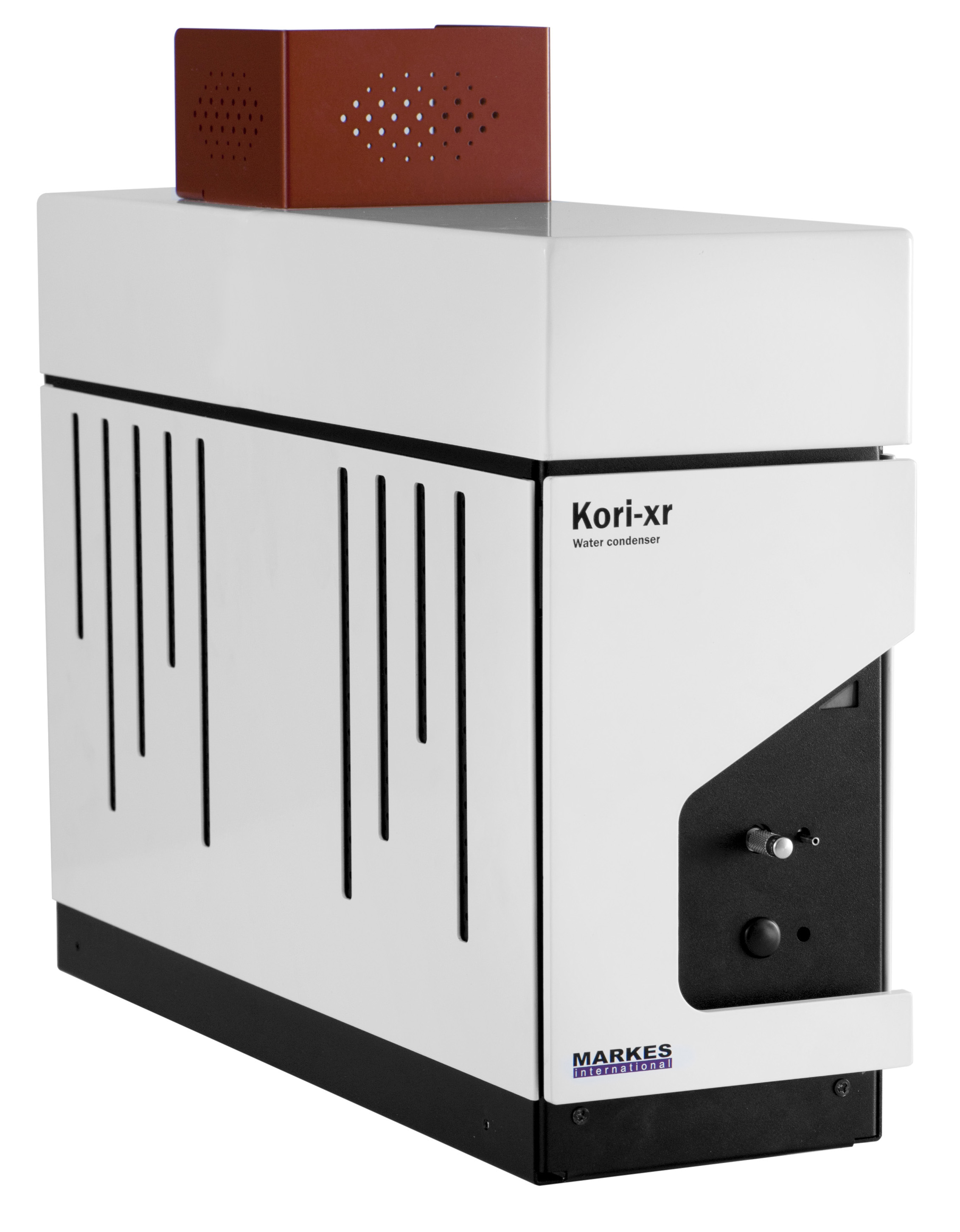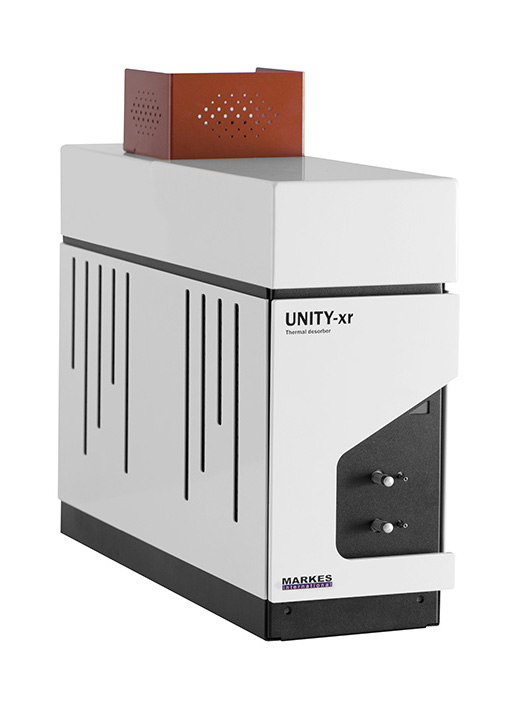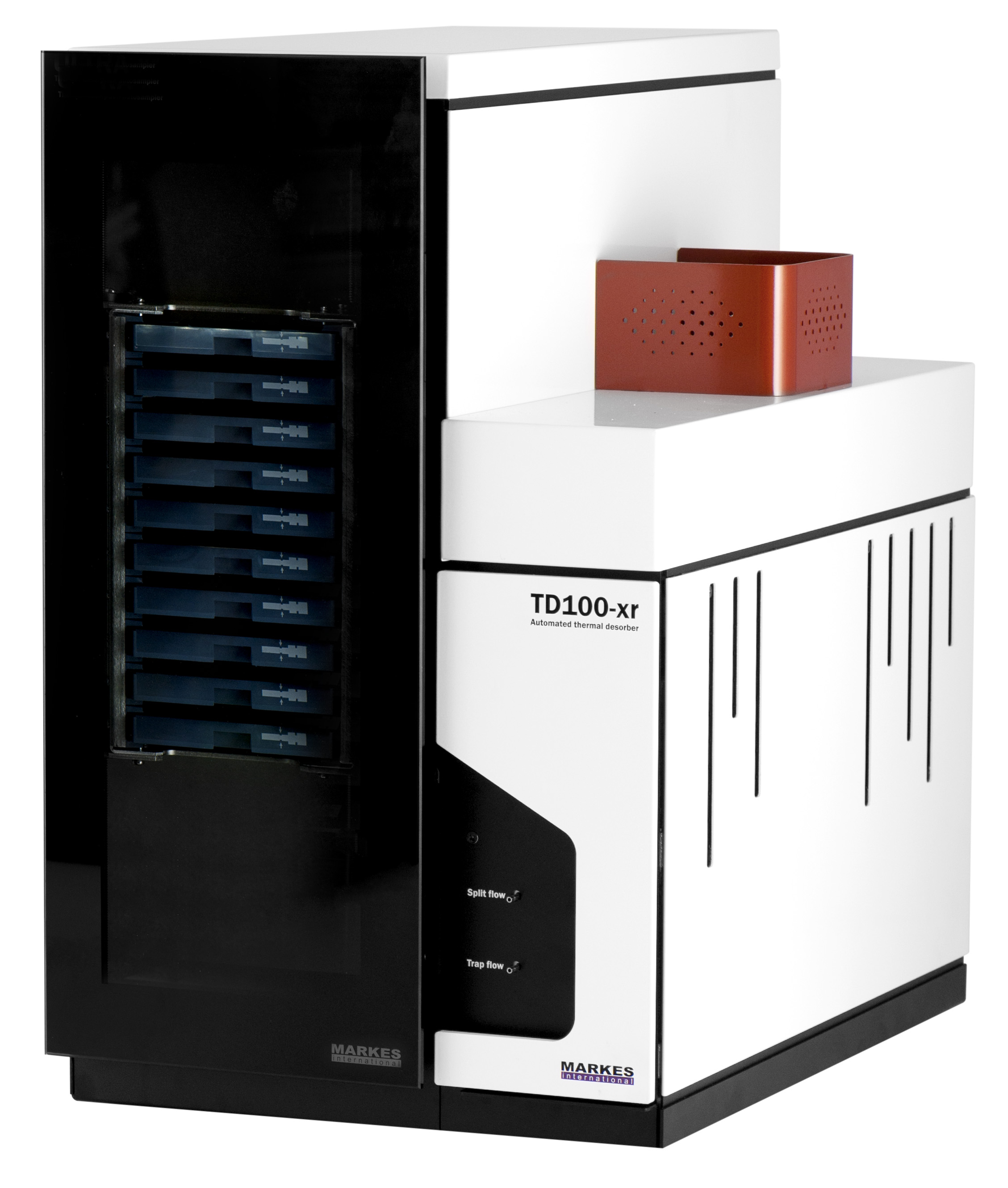The field of chemical ecology has expanded rapidly in recent decades, and offers fascinating insights into the complex interactions involving plants, microorganisms and animals, and how these underpin the functioning of many ecosystems.
What species are studied?
Plants and insects have for many years been the primary focus of chemical ecology researchers, with many studies conducted into topics such as pollinator attraction, insect herbivory and tritrophic interactions. A particular focus has been agricultural crops, for example with regard to investigating options for bio-control of insect pests.
In recent years, microorganisms have also attracted attention, as evidence has been uncovered regarding the use of volatile chemicals by organisms throughout the ecosystem.
What compounds are studied?
The compounds of interest are primarily medium-chain esters and ketones and terpenoids, but some researchers have also investigated the roles of ultra-volatile hydrocarbons and sulfur species, as well as semi-volatile waxy pheromones. These compounds are studied in a range of matrices, from plant headspace to solid and liquid extracts from insects and animals.
Thermal desorption and chemical ecology
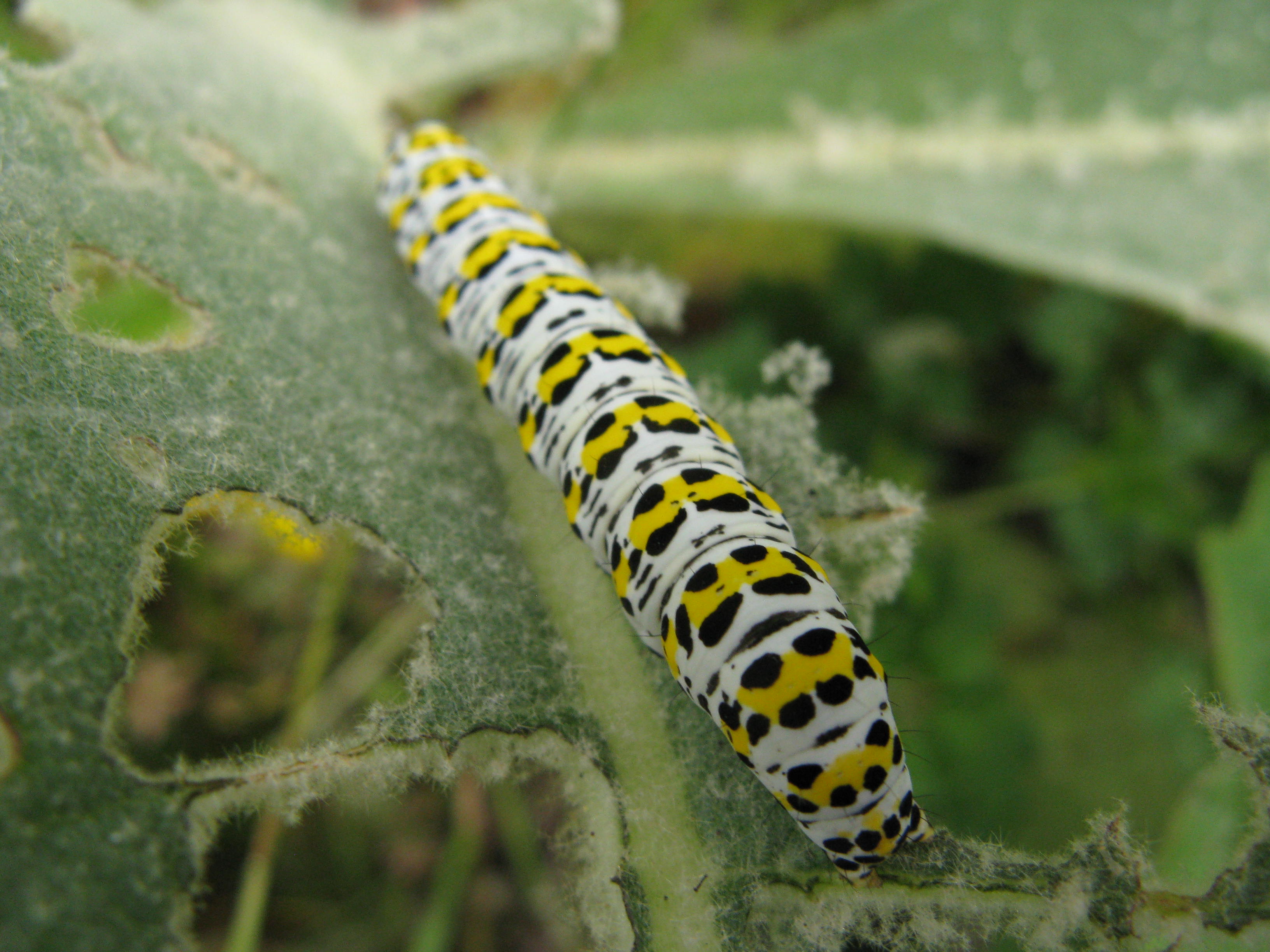
Thermal desorption, in conjunction with GC, has a number of advantages over solvent extraction techniques historically used for chemical ecology. These include:
- Elimination of labour-intensive solvent operations.
- Sub-ppb detection limits.
- Compatibility with a variety of sampling techniques.
- Multiple sorbent beds, allowing a wide range of compounds to be monitored in a single run.
Chemical ecology equipment from Markes International
A wide range of products from Markes are used by analysts in the field of chemical ecology, including the UNITY-xr and TD100-xr thermal desorbers for analysis of sorbent tubes, together with pumps and other supplies for convenient sampling from a variety of sources.
Discover more about the use of Markes' TD systems for chemical ecology by browsing the content below.





